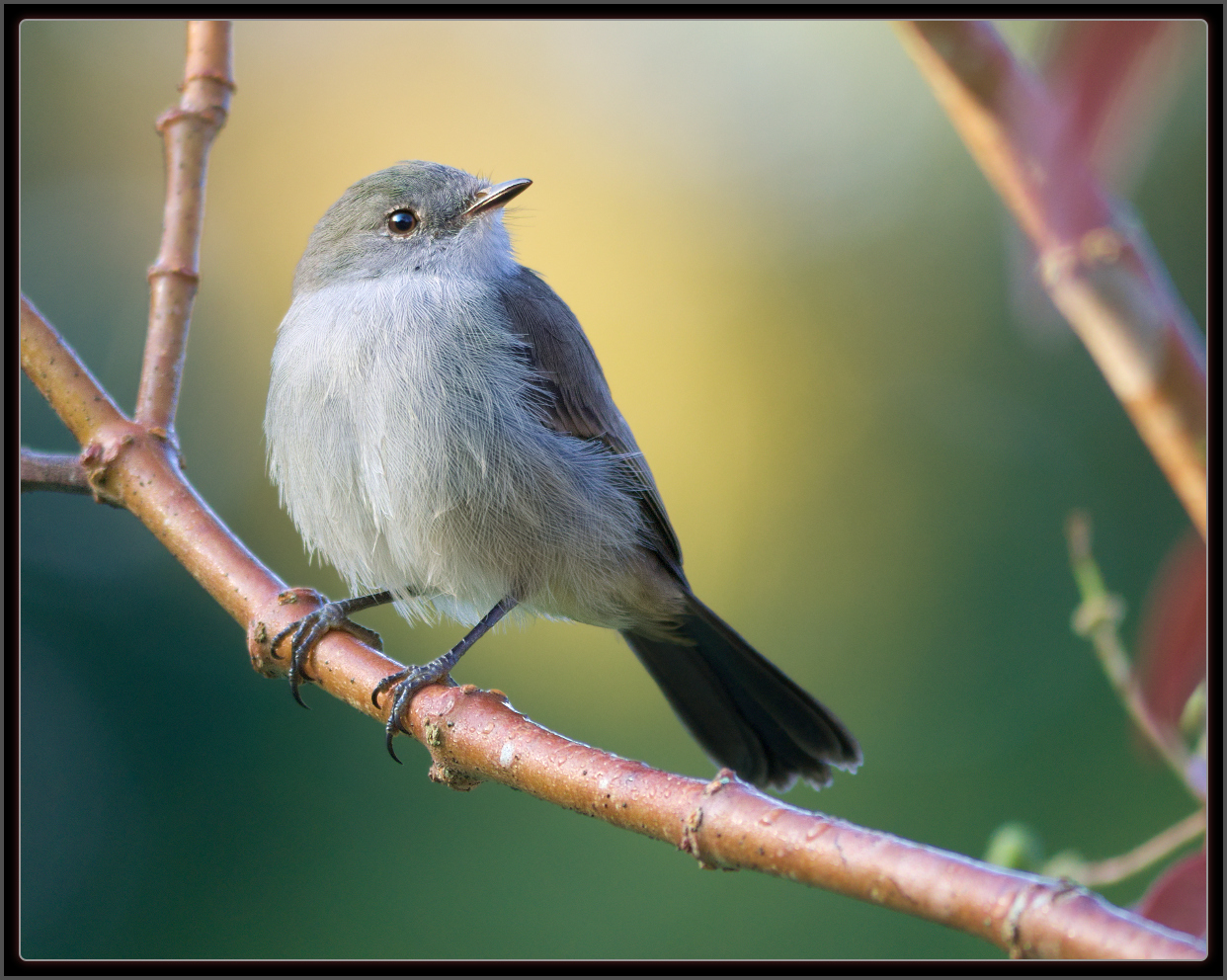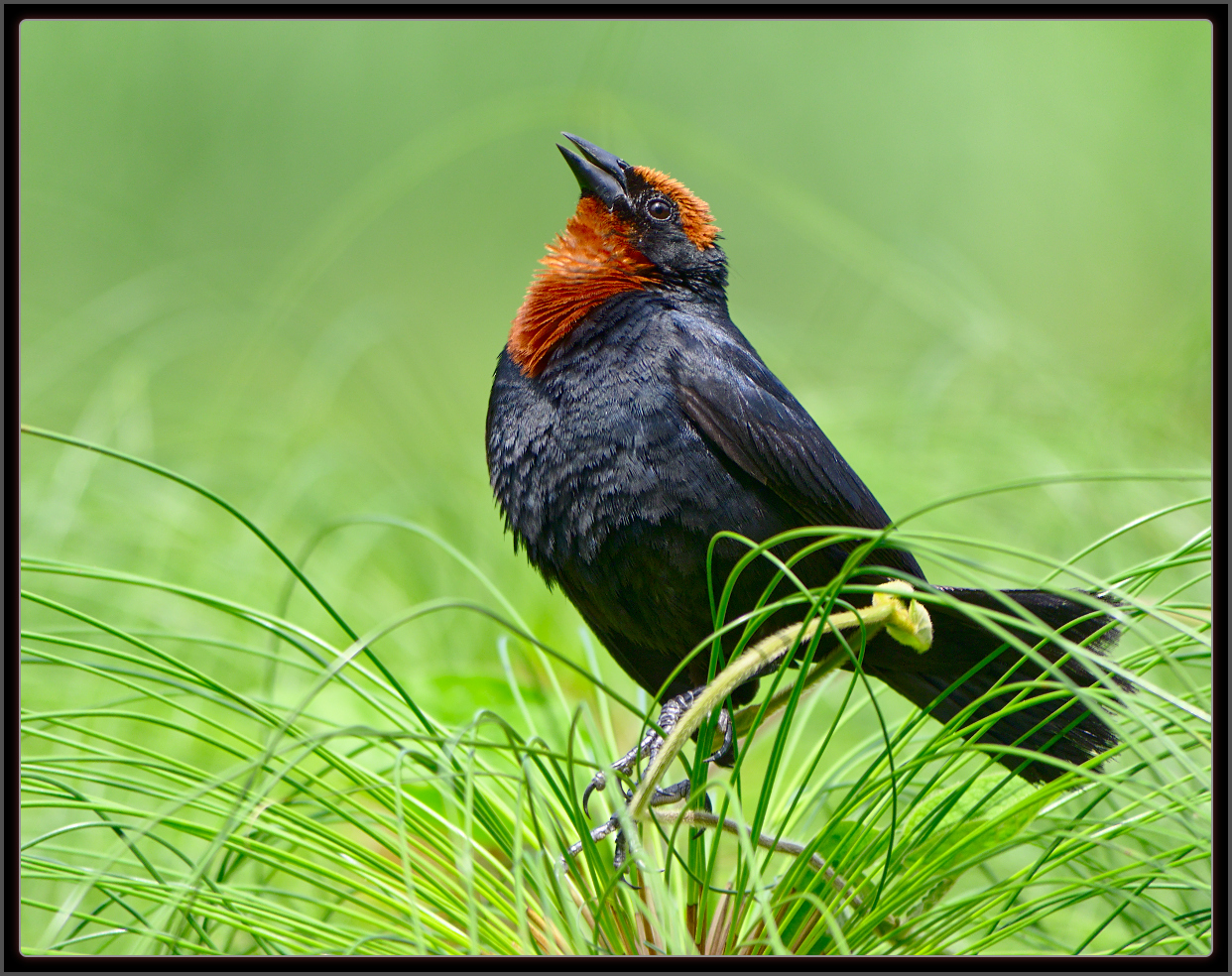-Thanks for all that information! ( That is really quite useful because I intended to find out the difference and practise/experiment between the small/big centre point and 9cluster with different lock settings!
I have kept lock in Normal (as Olympus suggest) when using 9-point focus point and turned Off when using single focus point. The most important part is to get a good MySet binded to E-M1 button that you can press anytime in fast situation (= subject comes visible suddenly and is about to get hidden soon, so either you or the subject is moving) to override the current settings and get to settings capturing the subject. Mode dial while being easy to turn, slows down because camera switch to each mode between the modes. But the mode dial is far better when you have two MySets next to each other and you switch between those two (Like switching between S and A modes).
-The 1 memory card is something I hope they fix in the successor ( pretty big downside imo, just need to pay attention to that and switch ''early'')
There is no need to have second card slot. It was good on early days (like 10 years ago) when cards quality was bad as flash technology was in its early stages for consumers.
There is no backup reasons to have two cards as if card gets malfunction, all the data is possible be recovered later on. But if you drop card on ground and step on it so it gets twisted etc, then it is most likely lost. Even dropping in water etc isn't problem as long you don't put it back device when it is wet.
So basically the only situation where you need a backup card is when you don't notice you are running out of the space. And E-M1 firing 9-10fps bursts in fast situations happening continually (think like lions or tiger running after prey(s)) and you have 500 frames left on the card.... Time just flies and soon you notice that last couple frames gets slowly to be written and card is full.
Oh, and while carrying a second card in pocket, other tip is that do not delete photos in camera. As you are making "caps" to memory card and it can become slow to write some of the photos as the camera is fragmenting the files to fill those holes and as each file is different sized, the process can be slow suddenly after long bursts when camera cache is full. The FAT32 filesystem used in memory cards isn't the best one in these situations.
-My initial impressions were that I might actually had more keepers with the em-1 than 1dmkiv ( couldn't believe it), It's nice to see you having such a good experience with the em-1 in such an environment/situation!, I hope the olympus 'dot' gets available/released in time.Would you mind sharing what kind of dot (and how you attached) you are using ?, thank in advance
The Olympus EE-1 has been released and shipper to people. You can find reviews about it here in forum. You can as well use any reflex sight made for firearms as long you get it mounted to hotshoe, but you don't need to mount it even to that as you can example use the objective tripod collar (turn it up or side!) and mount the reflex sight to that! The reflex sight benefit is that you don't need to have it close to eye as it doesn't require correct eye relief.
Do not adjust the reflex sight to specific distance but keep it going parallel with the camera center focus point. That way you know always that the camera focuses little bit "off" the reticle and if something small happens close of you, you can just aim little bit "off" as well. Helps a lot when using zoom and focusing to close distance and far distance. The parallel difference is only about 15cm on all distances then. But if you example adjust sight to center focus point at 20m distance, then it is way off after that and all other focal lengths after that 20m distance.
If you don't get EE-1 or want to get cheaper, You can find from online shops or even from here on dpreview m4/3 forum guides what to get.
-Also a small question how did you find battery performance(not sure if you had the BG)?, It does not seem great, Just wondering if you had a lot of spare batteries/did a lot of recharging.
I have only two batteries from the start, thought that I would need third or fourth as some people say but just two because I bought the HLD-7 grip. My main use is that when I have the grip, I keep the default setting that grip battery is consumed first, then the body. Because most of the times I never need to use the body battery at all so it is easy to recharge the battery from grip as I don't need to remove it.
But I left the grip home on that trip, as I needed to save the weight and size. E-M1 + 40-150mm PRO without collar is very small and light to what it offers. Just have a wrist trap as that combo is very easy to drop as its so small and light and you easily put camera on very dangerous places (Like trough train windows/doors in extended arm and use smartphone to release the camera). A monopod is a great tool with smartphone, as you can lower or raise E-M1 with 12-40mm PRO near water or close to dangerous animals, without worrying losing your hand if subject likes to get "easy snack".
I had only a two 32GB cards, shot mostly in JPEG only but have a button to switch to RAW only when I saw the lighting conditions required the post processing capability. And I knew it wasn't a problem to have just two cards as I had laptop where to empty the cards (I would recommend a battery powered cardreader drive as it speeds up the process) Such card gives about 1400-1500 RAW photos and single battery lasted full card. In one day I could easily get that 3000 frames with two cards and two batteries and both batteries had juice left for few hundred more frames if wanted (Like one day I shot one card full, 1470 frames if I remember correctly) and battery started to signal low power (I have set camera to warn earliest as possible). I swapped to other card and recorded 20 minutes of video before battery was empty. And at that point problem was that my second battery was in room and there was 5min walking there.
So I didn't really worry at all about batteries or memory cards lasting. Only worrying that I would lose a card or battery, or something to happen when swapping objectives or handling them etc as I didn't have my quick change pouch with me as it was 42° and no wind...
-If you happen to have an album or share some pictures here/online please let me know!, Always like to see pictures of wildlife

I am just today about to start selecting photos, lasted this long as I needed to buy a new HDD as I got 577GB worth of photos (and couple hours of video) that little surprised from two week period as I wanted to go "light". I have already a buyer for dozen photos etc.
But I don't share photos in Online as I don't like that I don't have control of the photos. And anyways those go to prints on walls etc.
One reason why I haven't yet touched the photos is that I am so angry about 7D Mk II failure to focus correctly as in one situation when E-M1 was off hand and I needed to use that Canon, a Kingfisher dropped from its watchout branch above tiger (that was in water looking at me) just 50cm from the tiger face, between me and the tiger. All I could see was the tiger looking up and then everything went blurry and I could just see how the kingfisher snapped something from the water and tiger looking at it. I wanted to mash the Canon as it failed perfectly in the crucial moment. It got couple frames before the situation so it was prefocused etc but when the situation came, it was like something in that camera was "No you will not do that!". And that is my last time I will ever handle Canon and their "TOP WILDLIFE" camera ever. My personal opinion has changed so much about that I need just to shut up. And now I have learned the lesson (by hard way) that always bring a backup body of the same model you have, with same settings and same objectives etc. Or simply keep an eye for your memory card and battery and change as soon as possible when you know something important can happen. No second SD card slot would have saved there, no extra battery etc. As when things goes sideways, universe will happily slam you down and hard!
And I can personally as well say, most animals didn't dislike the E-M1 shutter sound but when Canons and Nikons were firing, it was annoying to them as hell. They hear something in the DSLR shutters that "clicks" badly in their ears. Why I would like to see what E-M1 successor does, especially if it has anything like E-M5 II shutter sound.
Now I have been requested to go back but I am so down from that single failure point that the whole last trip feels bad. It was first (and last) time when I got 7D Mk II to be used in critical time and.... If it would be in a zoo in daily manner... but when you are in wildlife park and you see tiger after 5 weeks them gone missing, you have one change and one moment and....
Nothing like that has happened on me with E-M1 since firmware 3.0.
,
)













